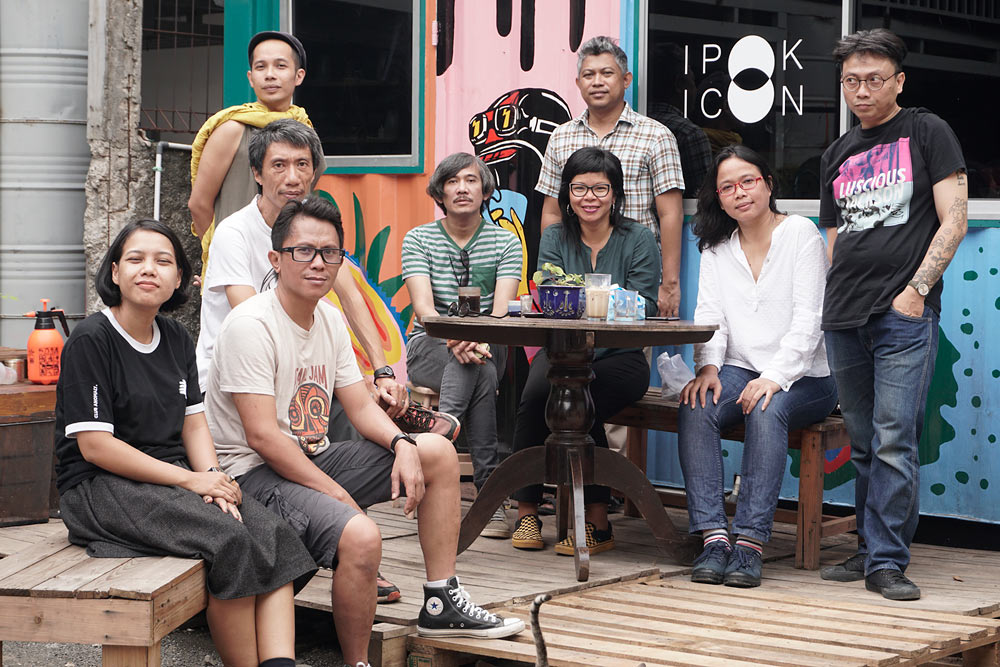
2022 is a year of an intense search for a way out of various crises: from social and economic, to environmental, aesthetic, and just a crisis of ideas. Did it work? While everything is in process, the changes are already visible. What are they? Which trends of the past year turned out to be just hype, and which ones will remain with us, it seems, for a long time? Let's talk about it today.
Are thinkers more important than gallery owners?
In the last days of the outgoing year, Art Review published a ranking of the 100 most influential people in art. Ratings can be treated differently, but they always show the priorities of the industry in terms of professions. So what's interesting? First place went to ruangrupa, a group of artists from Jakarta that curated the latest Documenta. The artists offered nothing less than a new device for the art community and even showed how it could work. Not without problems, of course, which they honestly note and mention. Will the rigid hierarchy leave the art world? And from the point of view of the centers, and from the point of view of the "blue chips", who before that confidently ruled the ball? In second place is Cecilia Alemani, the curator of the Venice Biennale, which turned out to be almost entirely female, and also revised the history of art from the past two centuries. Then activist artists and digital artist Hito Steyerl, then thinkers. Gallerist David Zwirner was only in ninth place, and the good old Larry Gagosian only ranks 20th (a few years ago he confidently led all the ratings of the most-most).

ruangrupa
Perhaps this is because today the art world is more concerned not with how to sell, but with what to sell. The convergence of art and philosophy, sociology, economics, history, and other humanities is becoming more and more obvious, and only visual research in the field of art is no longer enough.
NFT: yes or no?
It is clear that as soon as the hype died down, and problems began in the crypt, the capricious world of art “spit out” the annoying “monkeys” and “punks” from its body and happily continued its existence without this digital kitsch. Yes, in general, and not about art, as they were originally. However, NFT technology will not leave the field of art anywhere. What did unique tokens do?
1. Pay attention to digital art (from photography and video art to digital media). The technology also helps to buy and sell media art correctly, not on a flash drive with a dubious paper certificate, but with a digital contract, which shows the transfer path of a token tied to an art object. Since the interest in digital art and the NFT hype are two different things, I am sure that digital art objects will continue to delight collectors.
2. Showed the art market that it missed the "techno-billionaires" and the market began to attract them to its networks. Justin Sun (such a billionaire) bought Alberto Giacometti for 78.4 million and now art dealers are actively thinking: how can we attract these collectors to us and show them "real" art? To do this, you have to …